The Importance of Anesthesia
About Anesthesia
Pet owners may shy away from surgical or dentistry procedures for their pets because they fear the risks of anesthesia. While it’s a good to consider the risks and benefits of general anesthesia for elective procedures, anesthesia is now safer than ever. If the proposed procedure will improve your pet’s quality of life, then fear of anesthesia shouldn’t prevent you from moving forward.
Although only statistics for dogs and cats have been created, the same improvement in risk applies to other pets such as rabbits, rats, hedgehogs, bearded dragons, and even goldfish as equipment and teaching new methods of anesthesia have improved over the years.
How does it work?
General anesthesia is given through an IV or an inhaled gas, or sometimes a combination of the two. It is similar, on a smaller scale, to a medically-induced coma. Oftentimes a sedative is given first.
It works by interrupting nerve signals in your pet’s brain and body. It keeps them temporarily unconscious: asleep, relaxed, and pain free during a procedure or surgery. It slows down automatic functions like breathing, heart rate, and circulation. During that coma-like period, brains cannot process pain, nor will the pet remember what happened during surgery.
What main factors influence anesthetic risk?
Not unsurprisingly, the first is the health of the animal. Healthy patients, or patients with mild, controlled disease, are at less risk than patients who are sick. For healthy dogs, about 1 in 2,000 are expected to have a fatality and about 1 in 1000 cats would have one. In sicker patients, it would be closer to 13 dogs and 14 cats out of 1,000.
Veterinarians can decrease risk by focusing on monitoring and supportive care before, during, and after anesthesia. Preoperative planning is done with a good history, physical examination, and often baseline lab work to check liver and kidney function, among other things. Any abnormalities identified before surgery can be corrected if needed.
Follow all of your veterinarian’s pre-operative instructions exactly, including when to stop giving food the night before. Anesthetized patients lose their ability to swallow. If there is food in the stomach, the pet could vomit while under anesthesia or soon afterwards. If vomiting occurs before the swallowing reflex comes back, the vomited material can enter into the lungs, causing aspiration pneumonia. For emergency surgery, this factor is overlooked, but not for elective surgery.
While anesthetic risk is not zero and never will be, the risks are low and shouldn’t prevent any pet owner from providing health care for their pet whether it’s a dental cleaning or major surgery.

